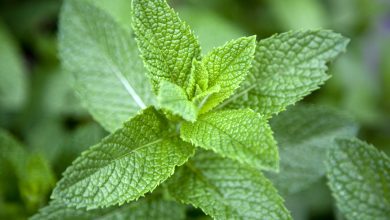Saffron Pests and Diseases: [Detection, Causes and Solutions]

 Saffron is one of the most consumed high-quality spices in the world and, most importantly, Spain represents the main exporter.
Saffron is one of the most consumed high-quality spices in the world and, most importantly, Spain represents the main exporter.
This has brought with it that the interest in knowing everything about its cultivation, conditions and, of course, pests and diseases, increases considerably.
As it is a species with a high monetary value, labor is very important in cultivation and that makes it easy to be aware of its behavior.
If you do not know much about the subject or you are interested in documenting more about it, here we leave you all the details about what can affect it and how to deal with it.
fungal diseases
Rot
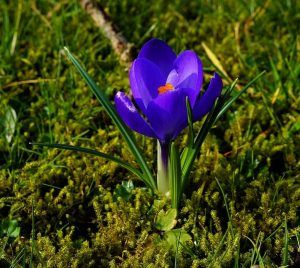 It is another disease caused by a fungus and where its radius of action is also located on the bulb.In this case, the spots that are generated are between brown and black.
It is another disease caused by a fungus and where its radius of action is also located on the bulb.In this case, the spots that are generated are between brown and black.
First they are small in diameter and then they advance until they cover the entire structure.
At aerial level it is evident that something is not going well very easily, because the leaves never open and the stem grows too much , exceeding the size of healthy plants.
The most probable causes of the attack of the rot are due to the fact that bulbs that already carry the disease are used for planting.
The bad thing is that being a disease that survives underground, it spreads quickly from one plant to another.
The only existing solution to date is to eliminate the plants that are affected and those that are immediately next to them.
They will burn and it will be necessary to use the land for another type of crop to avoid further damage to the structure of the crocuses.
Some of the known fungi that affect saffron are:
- Rhizopus, Aspergillus, Penicillium Fusarium cause corm rot below ground.
- Rhizoctonia Crocorum causes collar rot in the leaf areas of the saffron plant.
- Fumago is a form of blight that infects leaves and corms.
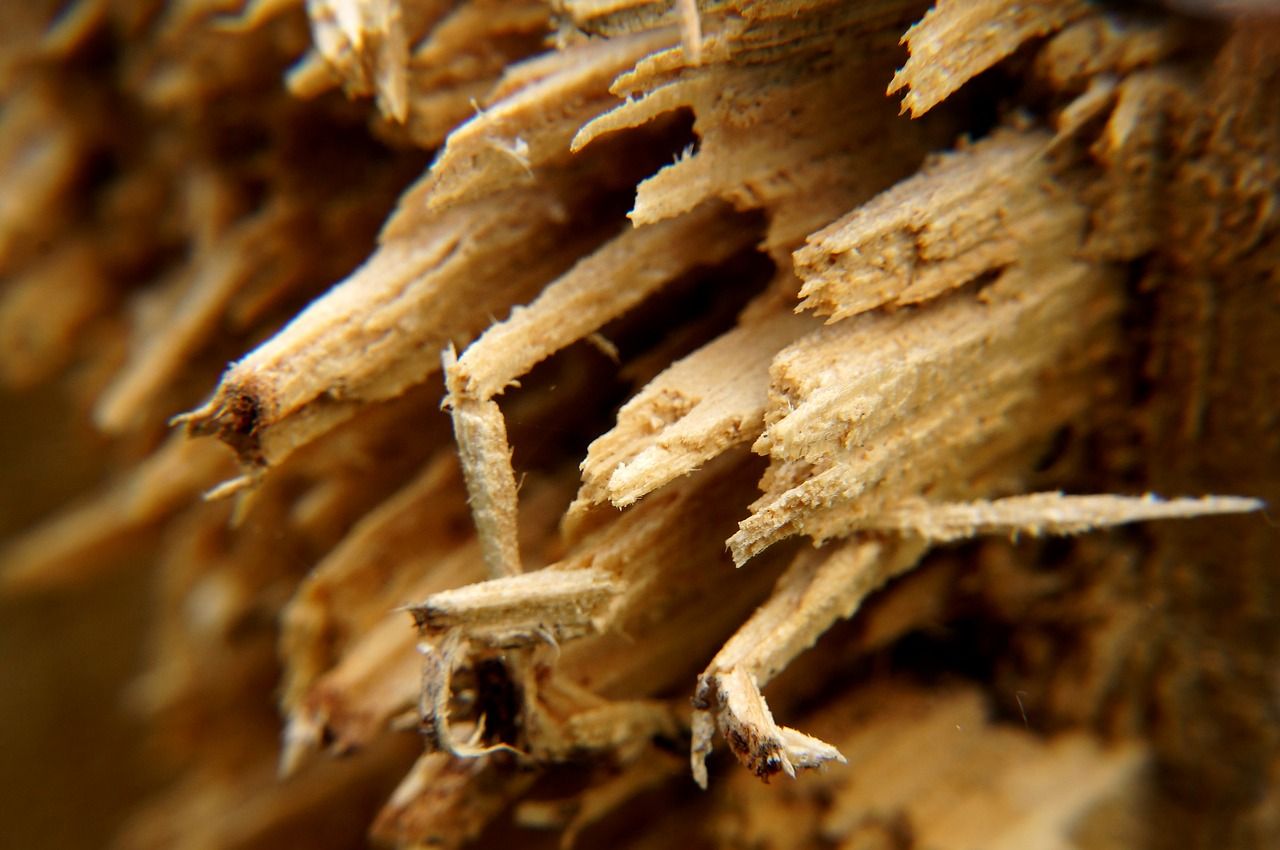
All of these pathogens are more common when soil conditions are too wet, especially during the summer.
Good soil drainage, planting of healthy corms, mulching after flowering, and removal of diseased corms can minimize the risk of root rot.
Where possible, covering beds and diverting water during periods of excessive rainfall can help reduce risk. In severe cases, the use of a fungicide can help.
Burning any diseased plant material will minimize the risk of transmission of the pathogen.
insects
Spider mites, thrips and blister beetles are the most frequent insect pests for saffron. Unless there are serious infestations, they are usually not too much of a problem.
Mites
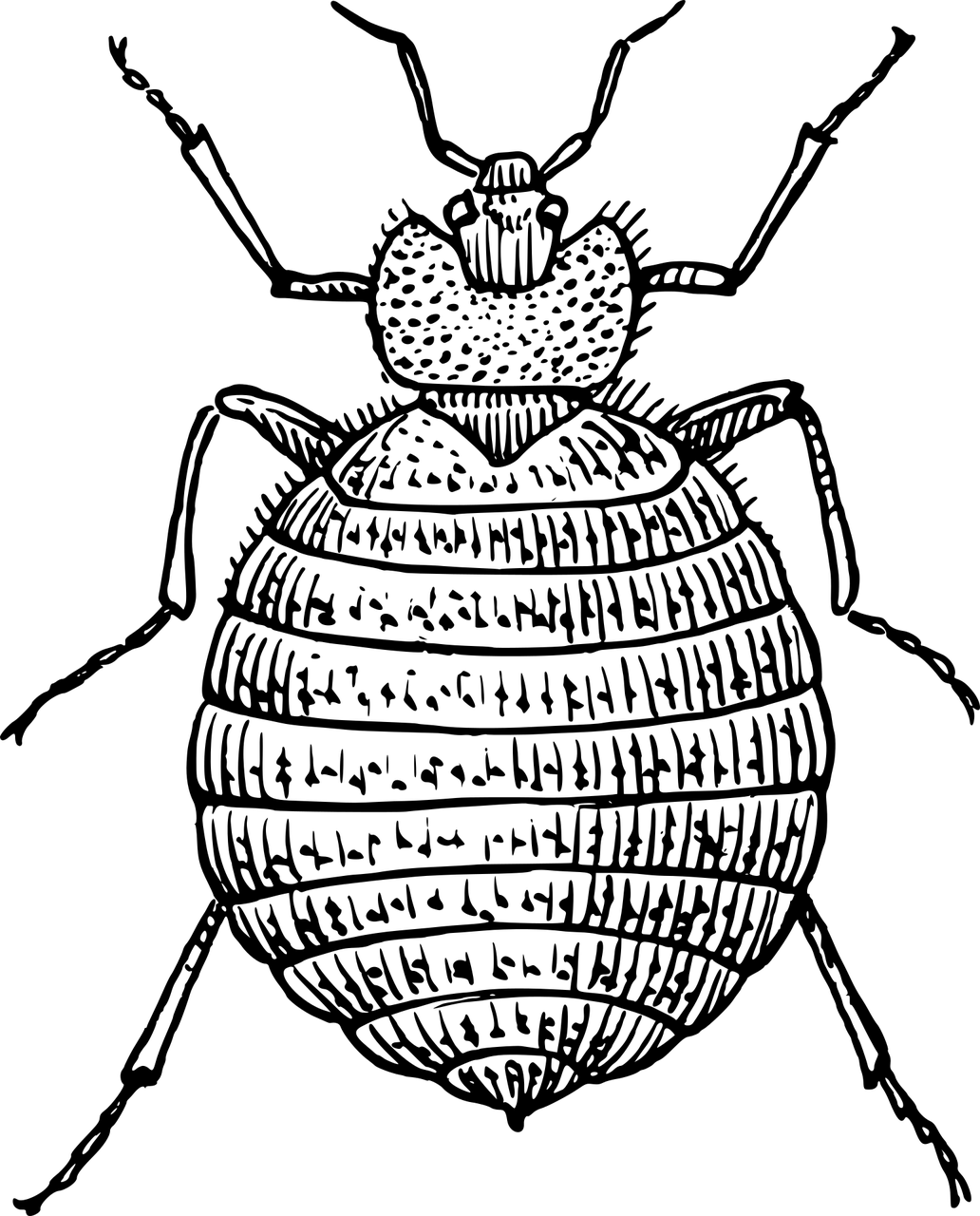
The mites enter through wounds in the corms. Mite-infested corms produce short, yellowish leaves. Infested bulbs need to be removed.
In severe cases, use miticide to treat the corms.
thrips
Thrips leave yellow and white spots on saffron leaves. They usually don’t do much damage to these fall-blooming corms. Spraying the leaves with neem oil is usually sufficient for its control.
blister beetles
Blister beetles can be controlled manually by hand picking and drowning in soapy water. Beware, as the name suggests, crushing these pests with bare hands can cause blisters.
Wear gloves and be careful when removing them.
Note: Blister beetles also drop and play dead when disturbed. Check your plants daily until you are sure these pests are completely gone.
bad vinous
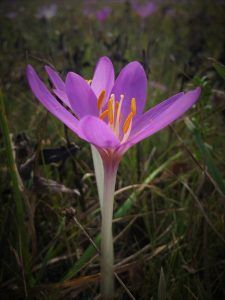 It is a disease caused by the presence of a fungus in the land where the crop is established.Its immediate action operates on the bulb affecting its structure and first turning it purple.
It is a disease caused by the presence of a fungus in the land where the crop is established.Its immediate action operates on the bulb affecting its structure and first turning it purple.
As it evolves, the color turns black, which causes a complete rot of the bulb.
At the aerial level, symptoms are also produced, such as the yellow color that the plants begin to acquire, as well as a weakening that is evident to the naked eye.
One way to check if it is this disease is to pull the plant, which will surely come off easily. In fact, when performing this action, what will be shown is the affected bulb that remains on the ground, separated from the plant.
The use of fungicides does not give much hope in the recovery of crops.This is because, in most cases, the disease is detected after it has caused a lot of damage to the root system.
However, a technique that seems to be generating good expectations has to do with subjecting cultures to baths at high temperatures .In this way, the hot water has a chance to kill the fungus or, at least, to control its most harmful effects.
In other actions, it is convenient to proceed with crop rotation, as well as regular soil disinfection.
mole mice
 They are one of the pests to which greater care should be taken in fields with saffron crops because they cause considerable damage.
They are one of the pests to which greater care should be taken in fields with saffron crops because they cause considerable damage.
This species leads a mostly underground life that it carries out through the creation of galleries or tunnels through which it moves.
The detail is that through them they come into contact with the bulbs, which consume them quite quickly , causing a total loss.
As they are of visible size, they can be noticed in some points of the plantation, but the most common is to see the mounds of soil that they leave grouped at the entrances and exits of the galleries.
To make them disappear, hunting is possible by following the path of the galleries until you find the moles and exterminate them.Another solution consists of the smoke produced after burning the sulfur, which will be introduced into one of the entrances, causing the moles to suffocate.
In the market it is also possible to get the killer cartridges that are entered into the galleries and whose action produces a series of smoke that suffocates them.It is important to note that in these last two cases the other mouths of the galleries must be covered in order to prevent smoke from escaping.
A last alternative regarding the level of consumption of rodents is to place poisoned grapes at the entrances of the galleries.During the night, when they come out of their hiding place, they will eat them and by a logical action they will die.
Weeds
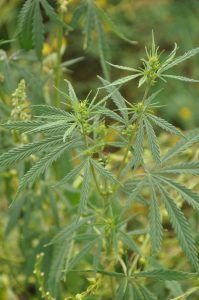 Saffron cultivation is quite prone to the presence of weeds that cause considerable damage to the entire production.
Saffron cultivation is quite prone to the presence of weeds that cause considerable damage to the entire production.
The first reason that this is so is because they take advantage of the nutrients, space and solar radiation in the environment.All this logically causes a negative effect on the development of healthy saffron plants.
However, one of the most worrying issues around this matter has to do with the fact that they can harbor pests and diseases.
In this case, the damage caused to the plant may still be greater than what would be estimated in a normal harvest, if the attack exists.
To deal with this issue, it is best to take advantage of the use of herbicides to reduce the chances of its appearance.Another important action, and perhaps much more effective, is the use of labor to carry out the removal of all the herbs that hinder the healthy production of saffron.
In fact, it is for this reason that at the beginning we mentioned the importance of man’s vigilance for the correct harvest of saffron.
And it is that although it is a plantation that is usually abundant around production, it is always possible to lose up to 20% of it due to some of the harmful elements presented here.
Care required by saffron
Water needs: irrigation
The soil must be constantly moist from the end of summer until the plants wither. Water heavily once every 10-14 days during the hottest periods.
Places with somewhat dry summers are usually better for saffron production. Corms are more susceptible to rot in areas with wet summers. In humid areas, make sure the beds have good drainage throughout the year.
light requirements
Saffron requires full sun.
At least 6 hours of sun is needed, but 8 hours a day is better. Keep in mind that saffron is a very compact, low-growing plant. Make sure other larger plants or trees block sunlight to your crocuses.
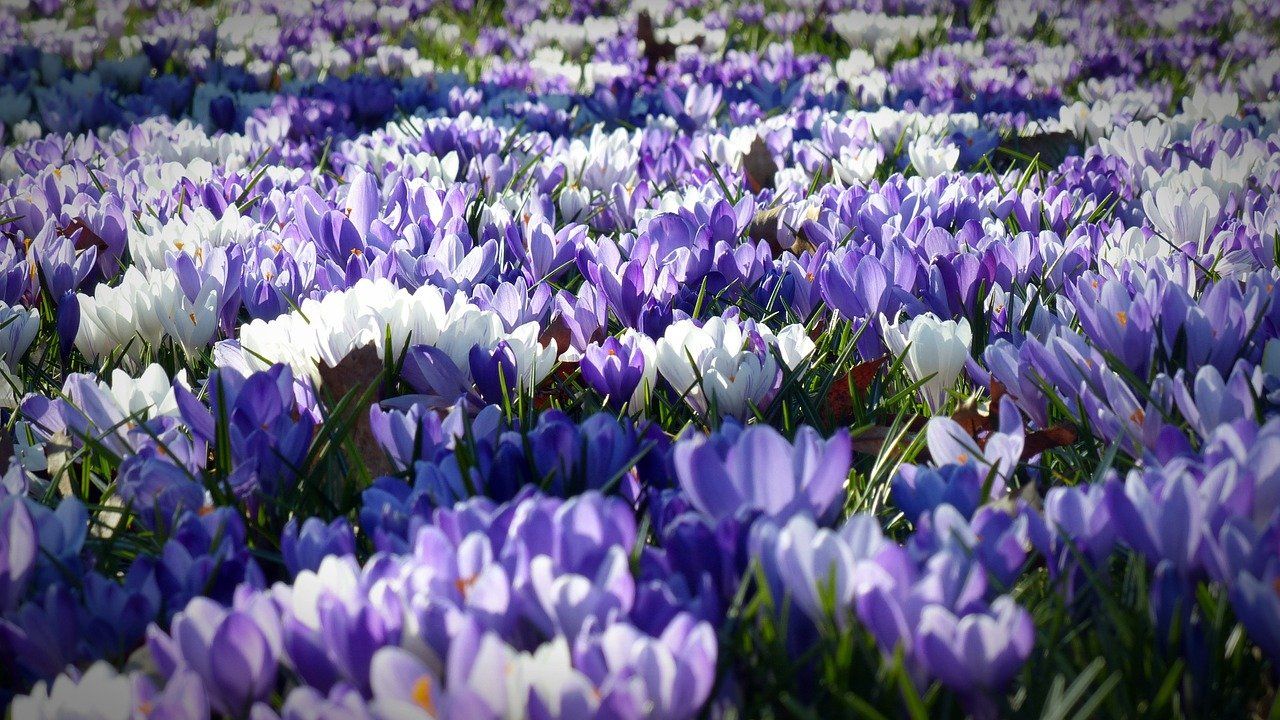
remove weeds
As we have said before, to obtain a good saffron production, make sure that you weed your beds regularly. Saffron is a plant that benefits from a zero weed policy.
Quantity to plant
Each flower produces three strands of saffron.
Most crocus corms produce between 3 and 6 flowers per corm.
However, when you consider that only 10-12 strands of saffron are needed to flavor a family-size paella, one bulb per paella is all that is needed.
Usually 25-50 saffron plants are enough for most families. However, home-grown saffron also makes a great gift for foodies.
So you may want to consider growing more to share.

![Photo of The Beech Tree: [Cultivation, Care, Irrigation, Pests and Diseases]](https://www.complete-gardening.com/wp-content/uploads/2022/08/the-beech-tree-cultivation-care-irrigation-pests-and-diseases-390x220.jpg)
![Photo of Marula Tree: [Planting, Care, Harvest, Irrigation and Characteristics]](https://www.complete-gardening.com/wp-content/uploads/2021/06/Cuidados-y-plantación-de-Marula-390x220.jpg)

